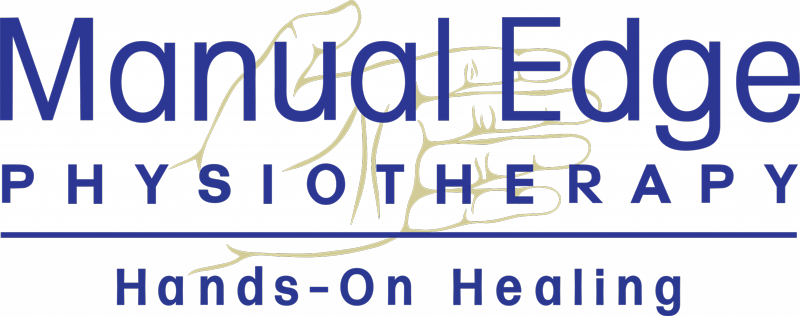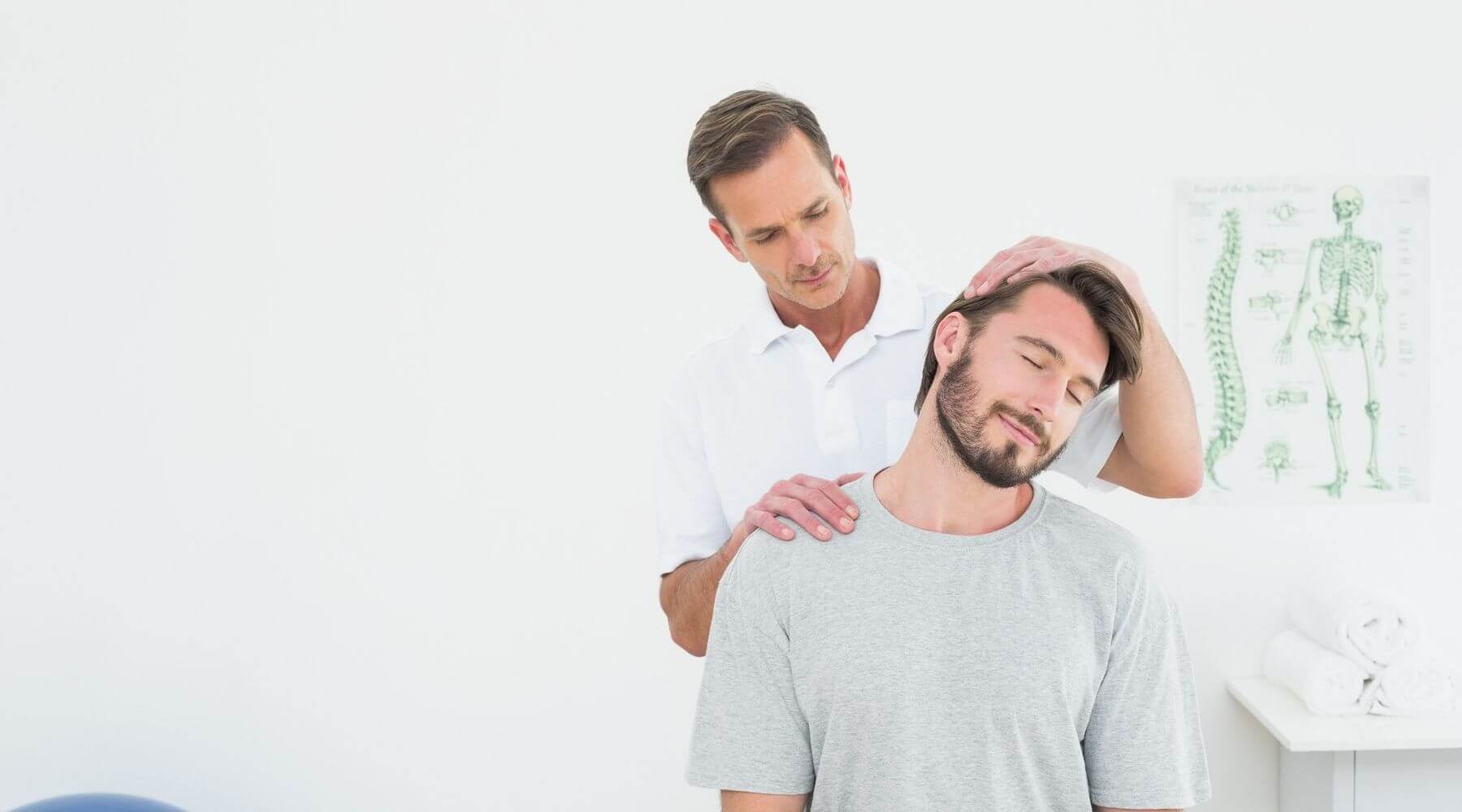Neck Physical Therapyin Colorado Springs
Neck pain can result from a variety of causes, ranging from overuse injuries and whiplash to diseases such as rheumatoid arthritis and meningitis. For example:
- Injuries: Rear-end collisions often result in whiplash injuries which occur when the head is jerked forward and then backward, stretching the soft tissues of the neck beyond their limits.
- Muscle strains: Overuse often triggers muscle strains. Neck muscles, particularly those in the back of your neck, become fatigued and eventually strained. When you overuse your neck muscles repeatedly, chronic pain can develop. Even such minor things as reading in bed or gritting your teeth can strain neck muscles.
- Worn joints: Just like all the other joints in your body, your neck joints tend to experience wear and tear with age, which can cause osteoarthritis in your neck.
- Diseases: Neck pain can sometimes be caused by diseases like rheumatoid arthritis, meningitis, and cancer.
- Nerve compression: A variety of problems in your neck’s vertebrae can reduce the amount of space available for nerves to branch out from the spinal cord, including:
- Stiffened disks: As you age, the cushioning disks between your vertebrae become dry and stiff, narrowing the spaces in your spinal column where the nerves exit.
- Herniated disks: This occurs when the inner gel-like material of a disk protrudes through the disk’s tougher outer covering. The protrusion can press on the spinal cord itself or on nerves exiting the spinal column, causing arm pain or weakness…
- Bone spurs: Arthritic joints in your neck can develop bony growths that may press on nerves.
Studies show that treatment by a physical therapist can provide both short- and long-term relief for people with neck pain. We can design a program tailored to your specific needs to relieve your neck pain and improve mobility without expensive surgery or side effects of pain medication.
Information courtesy of the Mayo Clinic and American Physical Therapy Association.


